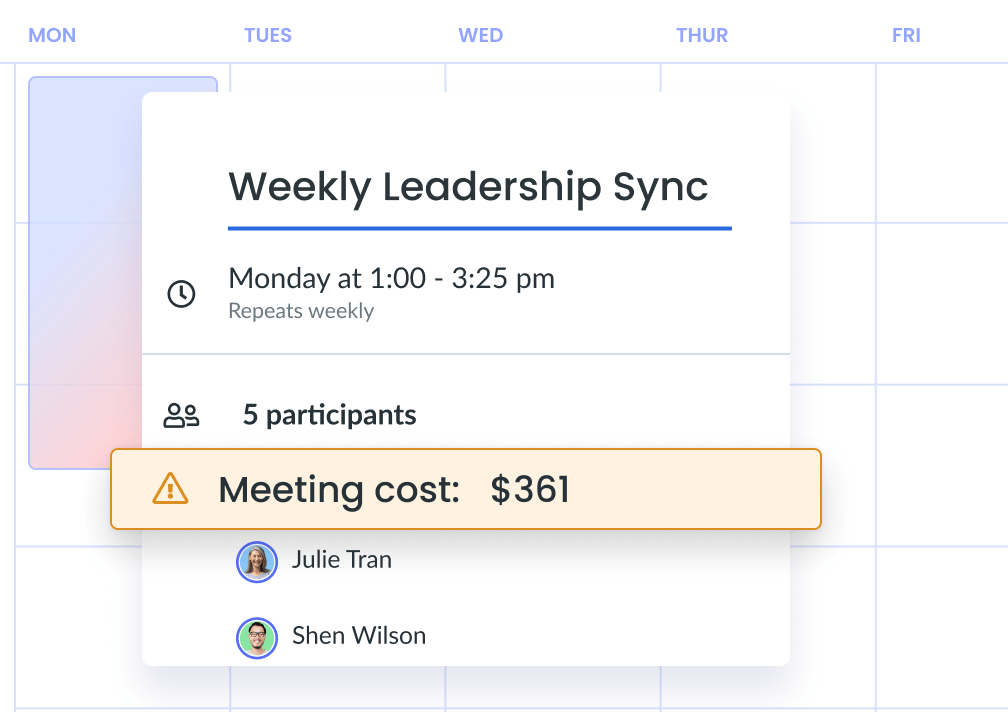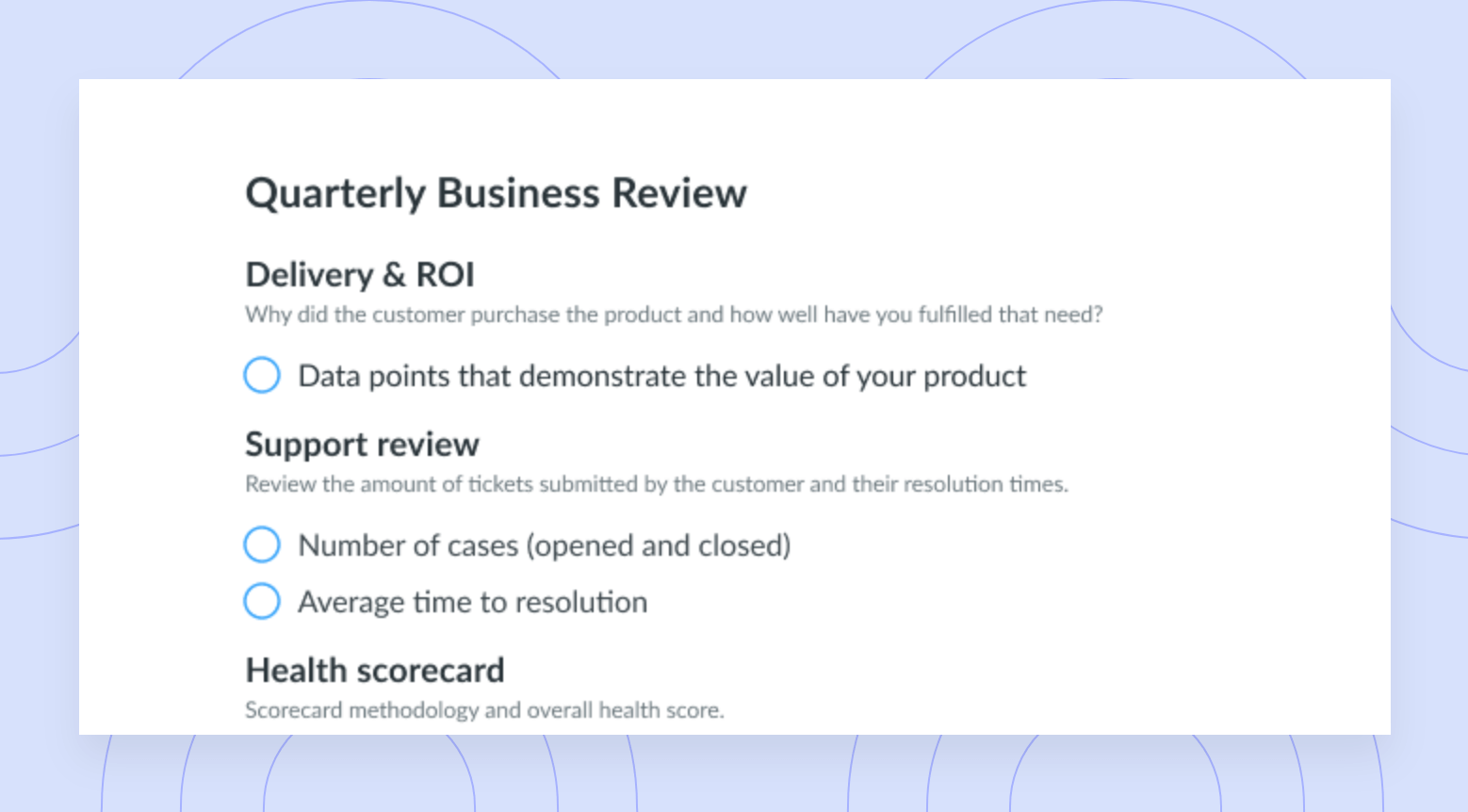80/20 Rule (Pareto Principle): What It Is & How to Use It at Work
There’s often room for more productivity; the 80/20 rule can help you and your team focus on priorities and accomplish more.
Pretty much anyone you ask has their own bag of tricks for boosting productivity, especially when deadlines are looming. But why not set some productivity standards from the start? If you’re looking for a good strategy to put in place, the 80/20 rule, also known as the Pareto principle, is a standout choice.
Using the 80/20 rule in your work routine can make a 100 percent difference. In this article, you’ll learn about this principle and how to work it into your and your team’s routine.
- What is the 80/20 rule?
- How to apply the 80/20 rule at work
- Examples of the 80/20 rule in business
- Misconceptions about the 80/20 rule
- Increase your productivity with Fellow
What is the 80/20 rule?
In simple terms, the 80/20 rule (or Pareto principle) states that 80 percent of your results come from just 20 percent of your efforts. This principle is named after Vilfredo Pareto, an Italian economist. In 1896, Pareto noticed that most aspects of his life were controlled or produced by a significantly smaller percentage of individuals or parts.
Since then, productivity enthusiasts have used the Pareto principle as a general rule for identifying the select few factors that create the most impact. This rule also goes by many other names: the Principle of Imbalance, the Principle of Factor Sparsity, and the Law of the Vital Few. Fancy names aside, this rule is all about spotting what really matters and giving it the attention it deserves.
For you and your team, the 80/20 rule means zeroing in on the clients, projects, or tasks that make the biggest difference. From there, you can plan your efforts and workdays around them and dedicate everyone’s time and resources to what matters most.

Run effective meetings, come to a decision, and get back to work
Say goodbye to unproductive meetings. Fellow helps your team build great meeting habits through collaborative agendas, real-time notetaking, and time-saving templates.

How to apply the 80/20 rule at work
You’ve heard the saying, “Work smarter, not harder.” This doesn’t undermine the value of hard work—instead, it’s about finding ways to maximize the work you already do. When you use the 80/20 rule, you achieve exactly this outcome. Here’s how to use the 80/20 rule to navigate the many moving parts within your organization.
- Decision making
- Meetings
- Time management
- Project prioritization
- Customer relations and sales pipelines
- Resources planning
1Decision making
From behind the scenes to the client-facing parts of your organization, you have a lot to juggle. The 80/20 rule helps create some guidelines for making choices.
Imagine you’re launching a new product. Instead of drowning in secondary features, you’ll determine the 20 percent of elements that make for a stellar product and hone in on them. By prioritizing these aspects, the noise of other ideas and tasks becomes a lot quieter. This leaves you with plenty of time and brainpower to make key decisions that shape the success of your product.
2Meetings
Have you ever sat in a meeting and wondered, “Should this meeting be an email?” If this scenario sounds all too familiar, your organization could benefit from using the 80/20 rule.
To start, distinguish meetings you consider mandatory and ones that truly could be emails. You’ll identify the 20 percent of meetings that result in 80 percent of the real decisions and updates. Trim the excess, and you eliminate feeling swamped with back-to-back meetings. Instead, you add time to your team’s calendar and host more purposeful—and enjoyable—meetings.
Using a tool like Fellow can shape better meeting habits in your organization with meeting guidelines integrated into every calendar event. With Fellow’s meeting cost calculator, you can ensure all meetings are high-value and necessary.

3Time management
If time seems more elusive by the day, you can use the 80/20 rule for time management to reclaim control of your schedule. Instead of spreading yourself thin across an endless to-do list, take a moment to figure out which 20 percent of your tasks are most significant. By prioritizing these critical few tasks, you can strategically allocate your time and energy to the work that achieves 80 percent of your goals. If anything, the 80/20 rule is a key calendar management skill.
4Project prioritization
Projects can quickly pile up and become chaotic without a clear plan of action. When multiple projects are pulling you in every direction, the Pareto principle can serve as your guide.
Say, for example, five projects are calling for your attention. Focus on the one (that’s the special 20 percent) that’s likely to yield 80 percent of your organization’s progress for the month, quarter, or year. Invest your and your team’s time and energy there with a productivity plan that streamlines and unites everyone’s efforts. Once that project is complete, apply the Pareto principle again to determine how to prioritize the remaining ones.
5Customer relations and sales pipelines
When trying to maximize your organization’s profits, your instinct might be to chase every sale possible. However, taking this approach means spending just as much time chasing unprofitable or lower-value leads as you spend cultivating relationships with high-value clients.
With the Pareto principle, there’s no need to pursue every lead that crosses your path. Instead, you’ll single out the 20 percent of clients or leads that are most likely to need your organization’s products or services. When you focus on building these connections, you invest in nurturing the relationships that will yield 80 percent of your profitable outcomes. Plus, focusing your sales team on these higher-value clients is great for employee motivation.
6Resources planning
Whether they’re money, physical space, or your workforce’s capacity, resources stand at the core of your organization’s functionality. No matter the size of your resource pool, though, your resources are likely limited to some degree. The goal is to find the smartest ways to make your resources work for your benefit and maximize their potential.
The 80/20 rule can be a huge help when it comes to budgeting for these resources. You’ll direct your attention to the key 20 percent of components that drive 80 percent of your organization’s efforts and products. By optimizing costs and minimizing waste, you’re effectively managing your resources and ensuring every dollar, square foot, and working hour is put to good use.
Examples of the 80/20 rule in business
Here are a few 80/20 rule examples to illustrate how the Pareto principle shows up in everyday business settings.
1Team productivity
Across industries, managers and leaders often observe a common phenomenon. They find that about 20 percent of their team members directly contribute to 80 percent of the company’s results.
In any organization, every team member plays a valuable role, but this finding shows that a smaller group drives the majority of success. These high-impact team members consistently deliver exceptional performance and make a significant impact on the organization’s outputs.
2Project management
There’s a golden rule for productivity in the field of project management. This rule suggests that 80 percent of the results from a project come from the top 20 percent of task priorities and efforts. When you’re diving head-first into a project, immediately tackling the key tasks sets the tone for maximum productivity. Adding AI productivity tools to your workflows helps here too—you’ll automate low-value tasks and free up your tasks for that core 20 percent.
3Finances
Often, when you’re dealing with business finances, just 20 percent of the funding or investments bring 80 percent of the returns. A handful of investments often carry the weight of an entire portfolio in terms of profit. While the other investments are beneficial, those select few investments are the ones that generate the most financial return.
Misconceptions about the 80/20 rule
You might question whether the 80/20 rule is a firm law or if it allows for any wiggle room. The 80/20 rule is not a rigid framework but more of a guiding principle for maximizing efficiency. In some situations, you might find yourself in more of a 70/30 or 90/10 scenario; the same core principle applies. Prioritize what matters most in terms of productivity, and use the remainder of your resources on what’s left.
With the 80/20 rule, focusing on the top 20 percent doesn’t mean skipping out on the remaining 80 percent of tasks. Instead, it involves giving due attention and priority to the vital few that contribute most significantly to your goals or outcomes. You can get to everything else afterward.
Increase your productivity with Fellow
With the Pareto principle, increasing productivity becomes the main goal. Incorporating Fellow into the mix means that maximum productivity becomes a reality. With a host of meeting tools, Fellow helps you focus on what’s important.
Fellow’s collaborative AI meeting agendas allow your entire team to actively contribute to talking points so productivity starts long before your meetings. After your meetings, Fellow’s AI meeting assistant can generate detailed meeting summaries. This way, you end every meeting with an action plan for your team. Using both the Pareto principle and Fellow means fewer—but more productive—meetings on the calendar, with better results than ever before.




























